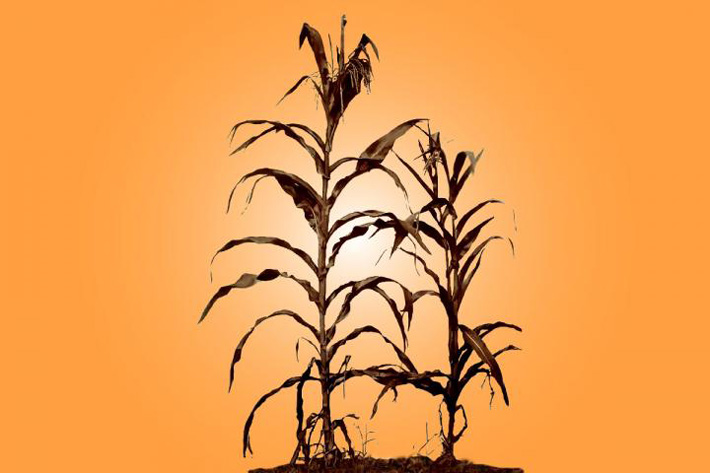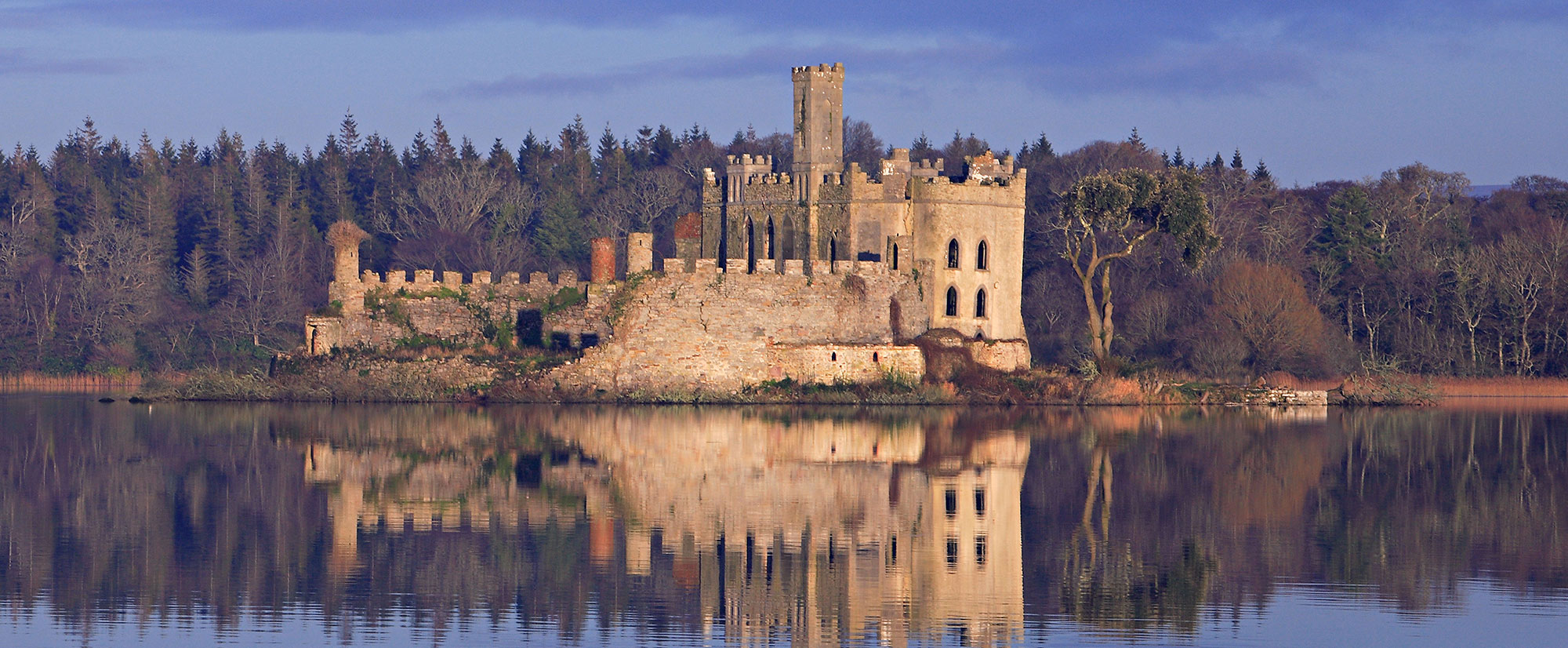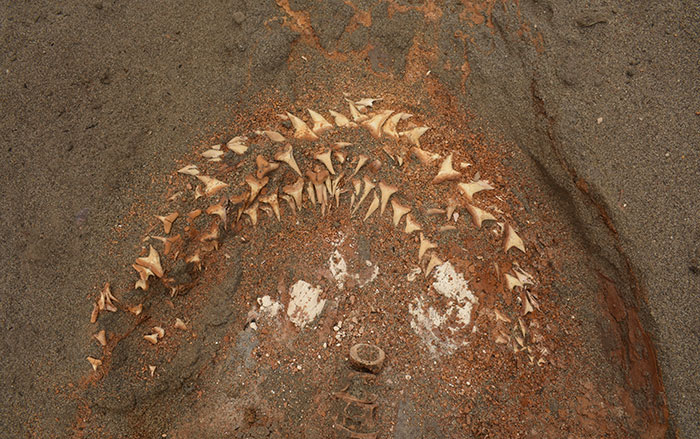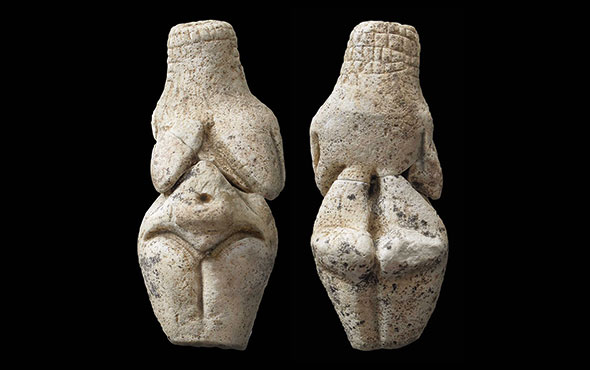
CHAMPAIGN, ILLINOIS—According to a statement released by the University of Illinois at Urbana-Champaign, retired state archaeologist Thomas Emerson and a team of researchers suggest maize agriculture arrived in Cahokia between A.D. 900 and 1000, or about 1,000 years later than previously thought. The scientists radiocarbon dated charred corn kernels recovered from Cahokia’s homes and shrines, and analyzed the carbon isotopes in the teeth and bones of more than 100 people and 15 dogs buried near those structures. The study suggests that the residents of Cahokia began to eat corn at about the same time they began to build mounds and adopt fertility iconography, Emerson said. Around A.D. 1050, the village of Cahokia began to expand rapidly into a city where as many as 10,000 people lived. In addition, archaeobotanist Mary Simon said that some 2,000 years ago, it would have been very difficult to grow corn, which had originally been cultivated in Mesoamerica, in what is now the Midwestern United States because of the difference in the amount of available sunlight. It would have taken time for the plant to evolve and adapt to the new environment, she explained. To read about a burial of possibly high-status women at Cahokia, go to "Breaking Cahokia's Glass Ceiling."











